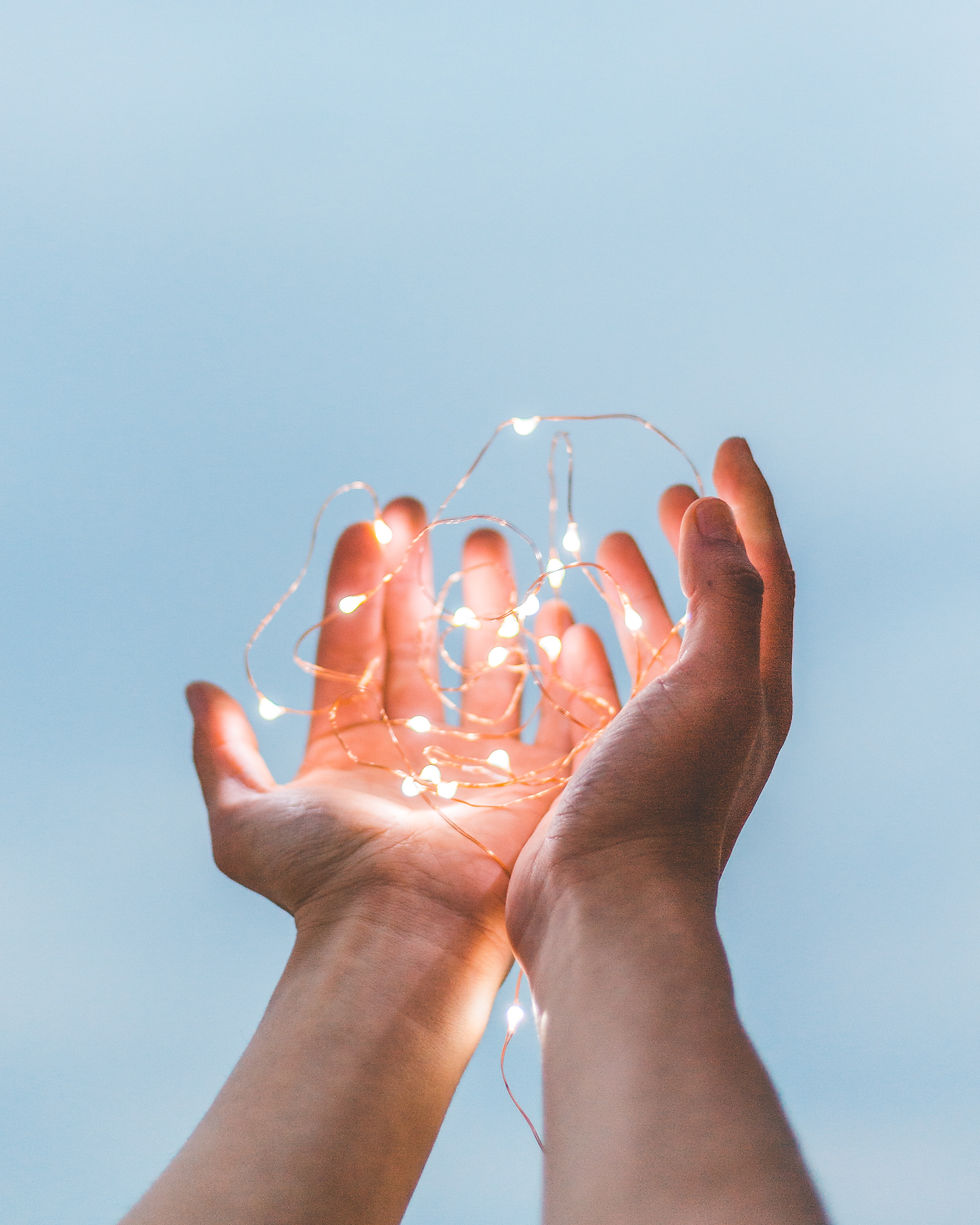
Are you looking for a healing technique that reduces stress and anxiety, boosts your mood and improves sleep? If your answer is yes then keep on reading because today’s blog post is all about Reiki: a safe, gentle and non-invasive form of natural hands-on energy based healing.
Energy based healing
Reiki is a form of energy healing that originated in Japan in the early 20th century. The word Reiki itself is a combination of two Japanese words: “rei” which means “God’s wisdom” or “the higher power” and “ki” which refers to the vital life force energy that flows through all living things. So Reiki actually means “spiritually guided life force energy”.
A gentle touch
Reiki is based on the idea that we all have an unseen life force energy that flows through our bodies. If your life force energy is low then you’re more likely to get sick or feel stress while a high life force energy makes you more capable of being happy and healthy.
A professional Reiki practitioner (someone who has undergone formal training in this healing technique) is able to improve the flow and balance of this healthy energy and to guide it throughout your body by using gentle hand movements on or just above your body in specific energy locations. So there is little or no touch involved and you don’t need to take your clothes off either.
What it can do for your body
Reiki is a form of complementary medicine that promotes relaxation, stress reduction and symptom relief to promote overall health and well-being. There’s evidence it can boost your mood and sleep, reduce daily stress and help with the management of some chronic diseases but it doesn’t cure you and it definitely isn’t a replacement for other medical and therapeutic treatments when you’re (seriously) ill. Reiki treatment isn’t a substitute for your existing medical treatments or prescribed medication either.
In general, Reiki can do no harm and has no side effects. The only exception to this rule is when you visit a Reiki practitioner who isn’t well trained or who isn’t truly practicing Reiki so make sure that you do your homework when you’re looking for a qualified and experienced professional Reiki practitioner. For instance: ask a practitioner about his training and credentials and find someone you also connect with and trust. Some people also feel more emotional or they have other intense feelings in the days or weeks after a Reiki session so if you have any known disorders such as more severe anxiety disorder or PTSD, I definitely recommend you to talk to your psychotherapist/physician first and see what he has to say about Reiki therapy as a complementary therapy for your specific needs.
How does Reiki work?
A Reiki practitioner acts as a channel between you and the source of the universal life force energy. The energy flows through the practitioner’s hands to you. A typical Reiki session takes place in a relaxing environment or treatment room and usually lasts 50 minutes. During this session you’ll lie on a massage table while the Reiki practitioner gently places the palms of his hands on or just above your body in specific energy locations. The Reiki practitioner uses a series of 12 to 15 different hand positions but there is no pressure, massage or manipulation involved and you remain fully clothed during the entire session.
What does Reiki feel like?
Most people feel very relaxed and peaceful during a Reiki treatment and many even fall asleep during the process. Sometimes you can also feel heat or a tingling or pulsing feeling where the Reiki practitioner has placed his hands or you might feel sensations moving throughout your body but some people don’t notice any change at all so it varies from person to person.
Have you ever had a Reiki treatment? How did it feel? Would you recommend it?
©HolisticHappiness2023

Comments